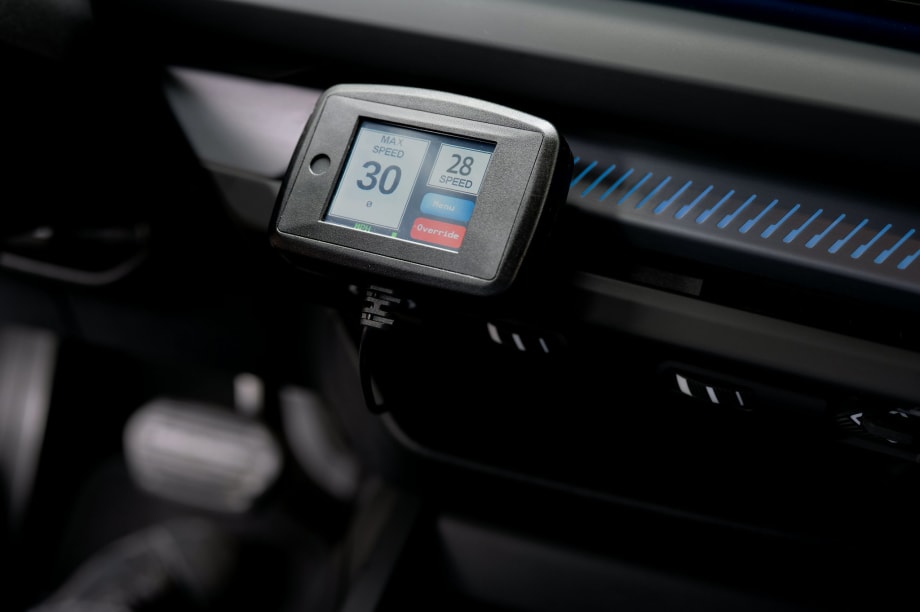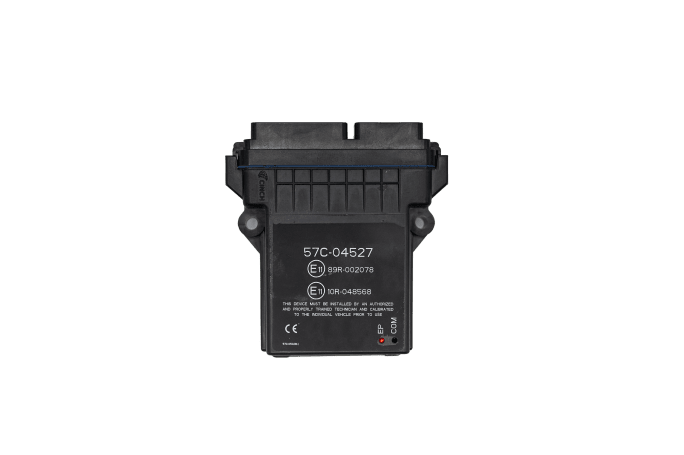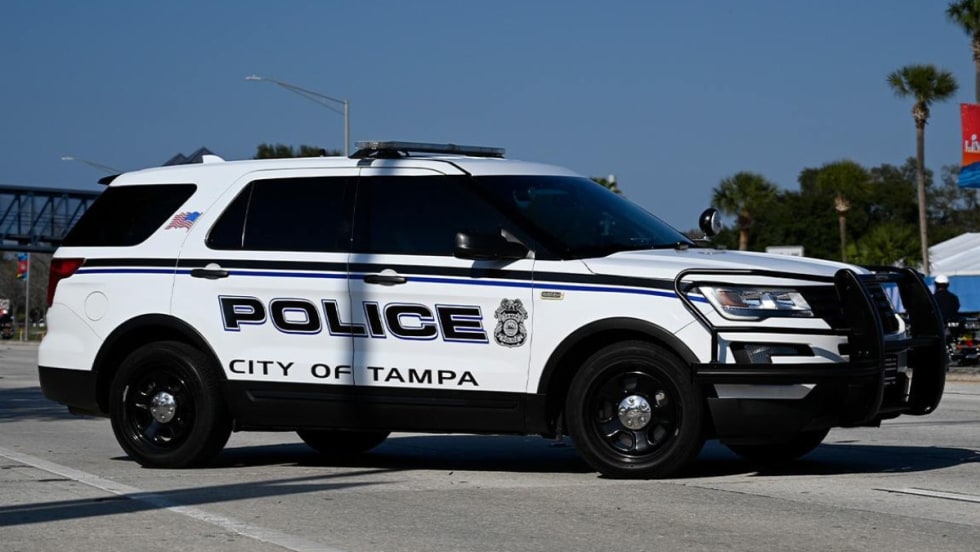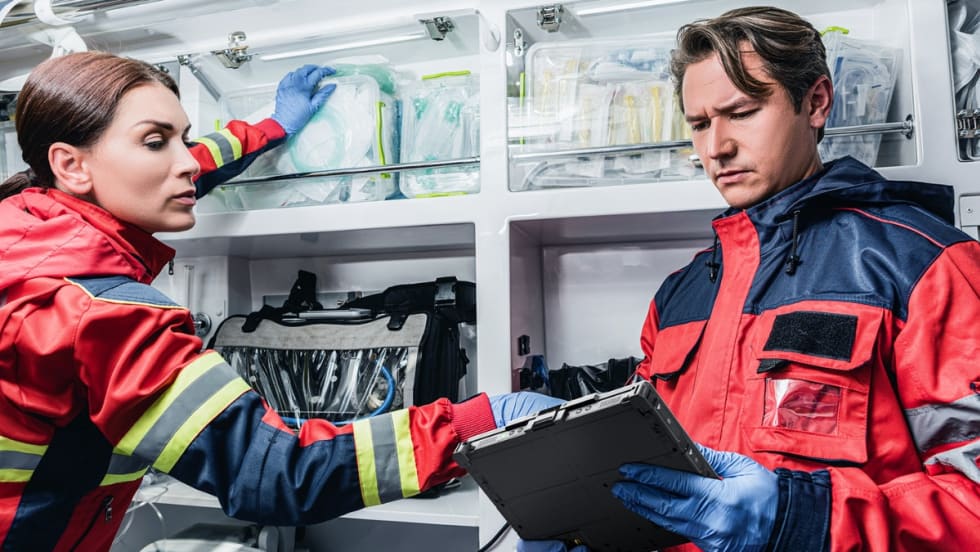Michael Travars, president of LifeSafer, believes his company’s Intelligent Speed Assistance (ISA) product could help police recover stolen emergency vehicles without pursuits, PIT maneuvers, or other hazardous actions. It can also prevent officers from driving faster than policy permits during patrol or other operations.
LifeSafer is one of the companies that produces and sells ISA devices, which can govern the top speed of a vehicle or reduce its top speed on command. The device interfaces with the accelerator and can be remotely controlled by authorized users like patrol supervisors, commanders, dispatch, or other authorized personnel. It can immediately reduce the top speed of a vehicle to dead stop or it can gradually slow a vehicle.
“You can remotely lower the top speed,” Travars says. “You can just set it to 5 MPH, or you can do what we call a ‘latch and lock,’ which allows you to cut the speed by 10 miles per hour, every few seconds, so that the vehicle’s speed is gradually reduced.”
In addition to remote operation that allows authorized personnel to reduce the speed, the system allows agencies to geofence vehicles. Using the geofencing feature, agencies can set up ISA so that if the vehicle leaves its patrol area without authorization, it can be shut down via speed controls. Authorized personnel can also use the ISA website to monitor vehicles equipped with the system. The website shows each vehicle’s location and speed.
“The technology is easy to install,” says Travars. “It connects to the accelerator, which allows it to intercept and determine speed. If you look behind a gas pedal, there’s a cord that runs from the pedal into the car and that cord has a connector on it. So what we do is we disconnect that connector, put our cord between those two things. It’s nearly seamless.”













